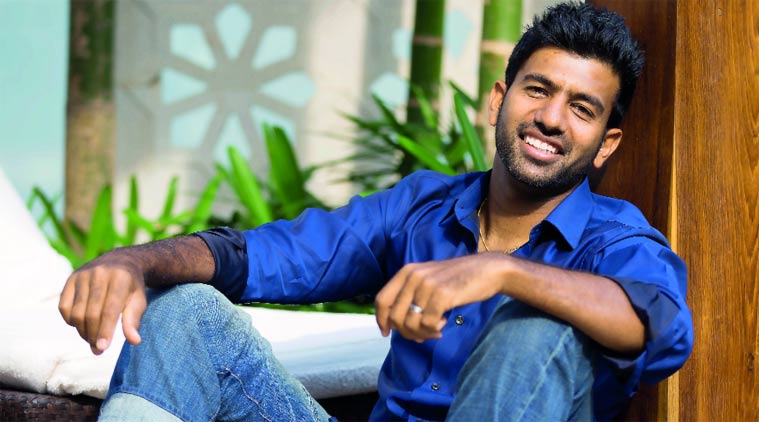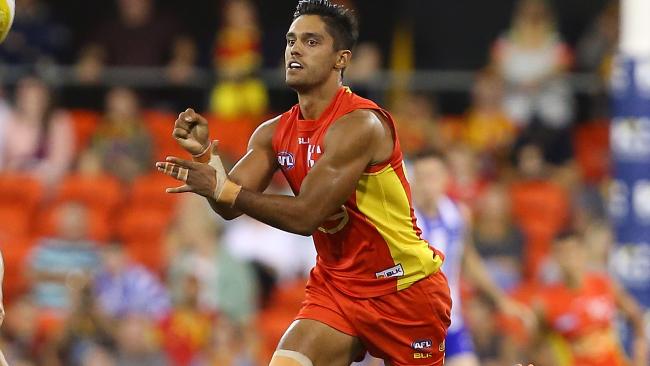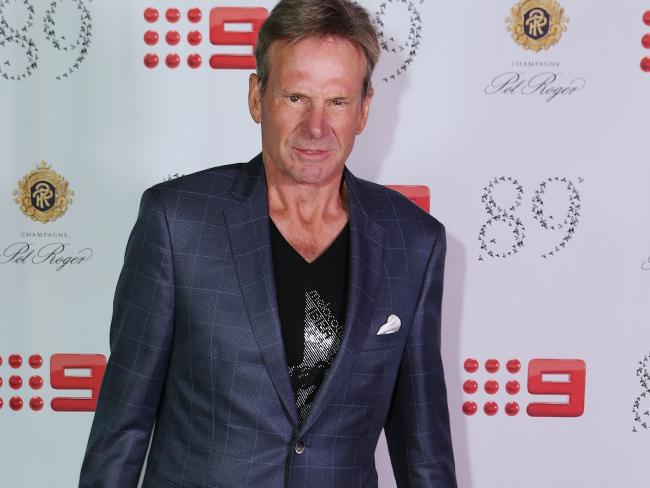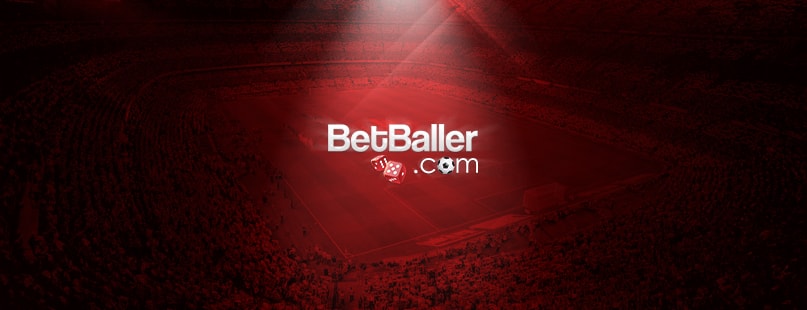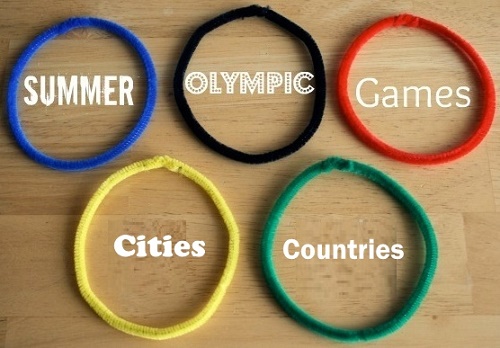 Rohan Bopanna will partner Leander Paes at the Rio Olympics in August.
Rohan Bopanna will partner Leander Paes at the Rio Olympics in August.
Bopanna was always too tall to be kept under the shadow of Paes and Bhupathi. Snidely, he might get called a villain who wanted to deny Paes his seventh Olympics. Shahid Judge lifts the veil of conspiracy theories to find a strong minded hulk who will put his best foot forward at Rio.
All Rohan Bopanna knew was that Mahesh Bhupathi and Leander Paes were around somewhere. Back then an 18-year-old, Bopanna remembers scampering along the sidelines of the grass courts of Roehampton in south-west London, looking for the court where the Indian tennis giants were playing. He had never met them before. At the scene of the Wimbledon Qualifying event, Bopanna spotted Bhupathi playing a singles match, and who else, but Paes cheering for his doubles partner from the stands. The teenager waited patiently, but when the moment came to meet the idols, there wasn’t much time. “All I could say was ‘hello,’ because there wasn’t really a chance to say much,” he recalls. “I’d read so much about them, they’ve done so much for the country. So obviously, watching them play motivates you to play at that level and compete with the best in the world,” he recalls. That was back in 1998 when he’d chased his heroes. Until just this fortnight ago, Leander Paes was the one doing the chasing.
***
At the end of this French Open in the first week of June, Bopanna had successfully re-entered the top 10 world’s doubles rankings. As such, the 36-year-old had won a berth at the Rio de Janeiro Olympics for the men’s doubles team. Paes’ name floated in and out of any conversation that revolved around whom Bopanna would pick as his partner. To most, it seemed the wise choice. To Paes it was the only choice. But Bopanna dared to look elsewhere. The treachery!
How could Bopanna not pick Paes? How dare he try to deny Paes the ‘right’ to play in his record seventh Olympic Games? What had Bopanna done when compared to Paes’ eight-men’s doubles Grand Slam titles, through a career that spans an impressive 24 years on the professional circuit?
So strong was the demand for Bopanna to pick the national hero that even the famed Muppet Girl cartoon from a prominent dairy brand chimed in with the traffic-stopping line that claimed ‘Leand Paes a hand.’
Paes didn’t have to worry much though. In fact, the 43-year-old was seemingly calm. Bopanna’s choice was subject to the clearance of the All India Tennis Association’s (AITA) selection committee. Paes was picked. Bopanna accepted. For him, the case was closed. He was now looking “forward to participating in Rio,” as his acceptance statement read.
Yet sly fingers dubbed Bopanna as the villain of this piece. It was forgotten that Bopanna had slogged to reach the world number 10 rank and ensure the ticket to Rio.
The Bangalorean is no naive newcomer nor a rash decision-maker. “He’s always been a straight-forward person. He thinks hard, makes up his mind about something and then goes out to get it,” says Zeeshan Ali, Davis Cup coach and captain of the Olympics team. Saketh in Bopanna’s words was chosen after carefully weighing games that could complement his – “given my own skills, strengths and weaknesses.”
“As you will see from my track record, I have consistently had success with partners who have big weapons, a serve, a forehand. In that sense, the ranking of the player in doubles is far less important than what he brings to the partnership,” – Saketh was 125, to Paes’ 46. Jamming with “over 70 partners” in his career, Bopanna reckoned, had given him the ability to gauge what type of player worked well with him and who didn’t..
***
The irony of the towering 6-foot-3 player’s current status as India’s best doubles player in men was that he had never lived up to his potential as a junior. “He was always a big guy, with a big game and a lot of potential. But he never managed to justify it in his rankings. He could have gotten into the top 150’s or 100’s,” Ali says.
“Only when I was about 21, I ended up beating a few top Indian players at a national tournament in Chennai. That helped me build up my confidence,” Bopanna recalls.
Still, nobody who knew him properly as an elder-junior (to Paes, Bhupathi) would accuse him of being an over-eager pleaser in those years. Neither were the dividing lines of the notorious ‘camps’ drawn back then which included him in the picture. The young man boomed, stumbled, fell, rose on his own. Despite his singles game never hitting the high notes internationally, Bopanna still maintained an air of awe that he generated from his powerful serve. Mahesh Bhupathi attests: “He was training at my Dad’s academy in Bangalore, and my Dad called me over because he wanted me to look at him and that booming serve of his.”
It was why he was seen as “Bhupathi’s man” and added intrigue to him not willing to partner Paes. Though there was no bad blood in 2007, when Bopanna became one of Paes’s 107 partners.
The success didn’t change him much and he is still someone who meets up with his pack of friends with whom he first played tennis at the neighbouring clay court at a small country club in Coorg. Bhupathi explains, “He hasn’t changed as a person. He is still one of the boys to all his old friends.”
Mustafa Ghouse is one of them, their friendship dating back to when they were teenagers. The 2002 Asian Games bronze medallist was one of Bopanna’s earliest doubles partners – following it up at 2006 Asian Games. “We were at an academy in Pune and both of us were quite tall compared to the rest. So we tended to show off a bit,” he says. “Bops was always a fun-loving guy, but he had a mischievous streak. He’d love playing cards. We could all tell he was cheating somehow, but we never figured out how,” he adds. This was no mug, who could be puppeteered into joining a camp when battle-lines got drawn or needed a senior to watch his back, but an astute man who played his cards and held them close when it was needed, and could decide on his own.
The one thing that remained constant to singles and doubles is the power game. Former Davis Cup coach Nandan Bal remembers being taken aback by the power a teenaged Bopanna generated when they first met. “He would not hold back on his shots. He had these free strokes that were tremendously strong. There was no second guessing. That’s something that hasn’t changed,” Bal mentions.
By the time he turned 28, the ‘late, late bloomer’ started finding success in doubles he’d never managed to achieve earlier in his career. Still, he wasn’t the most obvious choice for Bhupathi – or Paes for that matter, as his ranking wouldn’t allow the high-flying doubles maestros to get into big draws. That’s where he struck up a partnership that was entirely conjured by him – as he ventured out figuring out the pro circuit’s most crucial question – whom to partner.
In Aisam-ul-Haq Qureshi, Bopanna found a close friend on tour. The duo first paired up in 2003 for a Challenger, and then made recurring appearances together. Steadily, their bond grew strong. “All Europeans and Americans would hang out together. So we as Asians, speaking Hindi, were quite similar. We were both born in the same year, in the same month too. So that also helped in getting along with each other,” Bopanna states. It wasn’t just sniffing out Indian restaurants for dinner in distant outposts where Qureshi was his partner – the Pakistani, with whom first won 4 Challengers in a row, helped the Coorgi take that leap into doubles full-time.
But the US Open of 2010 was still to come. Dubbed the ‘Indo-Pak Express,’ the crowd watching the final of the Flushing Meadows-based Grand Slam included the Ambassadors of India and Pakistan to the United States. “They were there for the semi-final too,” recalls Bopanna. “It’s rare that you have two countries supporting one team – especially India and Pakistan.”
That final loss against the Bryans, remains till date, the closest either Qureshi or Bopanna have come to winning a Grand Slam. Nonetheless, a new name in doubles had emerged and Bopanna was promising to hulk out of the two legends’ shadow. That’s when the debacle that was the London Games of 2012 happened.
***
For the umpteenth time, Paes and Bhupathi had decided to pair up together in 2011. In fact, Paes would play with no other partner for the duration of the calendar year. It seemed for all the world that the once formidable – and still dangerous – Paes-Bhupathi duo were preparing to storm the London Olympics, and erase the Greek tragedy inflicted by the Croats that was the bronze play-off of Athens 2004. Until Paes made a call for ‘younger legs’ to partner him at the quadrennial. Specifically Bopanna’s legs – he meant.
Rapport’s the magic word in doubles – a desired trait, as against the pragmatic ‘professionalism.’ And Bopanna enjoyed that same strong rapport with Bhupathi, and saw his fellow Bangalorean as the ideal partner to pair up with. Hence ensued the mudslinging drama and the nightmare that was London, with Vishnu Vardhan and Sania Mirza dragged into the storm, as if this tennis triangle wasn’t enough.
The much-reviled Bhupathi – Bopanna duo couldn’t do much at the Olympics, though they did find their groove later in the season, making the year-end finals. Post London, Paes would go on to take his tally of doubles partners beyond the century mark – each garnering successes in their own right. Bopanna meanwhile was slotted into the image of the antagonist, taking over from the earlier maligned figure of Mahesh Bhupathi in what was a Leander Show. Paes would win one doubles Slam after the London fiasco, and as Rio drew closer, add four mixed doubles titles. Bopanna stayed consistent and ensured the Top 10 eligibility.
The villain was an unwarranted tagline that continues to stick to Bopanna, yet not one that has bothered him. Ghouse asserts his childhood friend is still the same daring personality who will go bungee jumping at the first available opportunity. His game has, if anything, improved significantly. “He had the tendency of making the difficult shots look easy, and then mess up the easy ones. But he has become so much more consistent. And the serves have remained strong,” mentions Bal. Bhupathi, in trademark simplicity mentions: “He has a big game and can literally drill a hole with his power, so when he has a solid partner by his side they automatically become contenders.”
Bopanna shares an easy rapport with Sania Mirza – closer to him in age, and similar in straight-talking temperament. Moreover, there is genuine respect for someone with whom he made the Hopman Cup final a decade ago. “She’s been exceptional. The way she has conducted herself, what she’s achieved and the amount of hard work she’s put in… She’s an inspiration for all of us. Not just for the women but an inspiration for every sportsperson,” he says.
With his new partner Florin Mergea, Bopanna won the Madrid Masters in 2015 and finished runner-up in the Tour Finals. “To think, he once struggled on tour. You have to commend him for sticking to his guns and roughing it out all those years. Finally, he’s getting what he deserved a long time ago,” Ghouse says of Bopanna’s career.
Then he dared to do the unthinkable. The unmentionable. Yet he gave a sound reasoning to his choice, and then accepted the selection committee’s decision gracefully. “I was nervous about how and when he’d react to our decision. But in five minutes, he sent us his message saying that he’s looking forward to Rio,” Bal explains.
***
In his professional career that started in 2003, the one thing Bopanna has kept constant is his thinking – straight-forward and carefully reasoned. “It’s a quality that even Leander has,” Bal says, referring to Paes’ extensive list of doubles partners. It’s a feat Bopanna has used throughout his career to judge a partner he can best adjust to. The choice of Saketh Myneni can draw out the scoffs, but putting down Bopanna’s tennis logic – and ascribing all sorts of behind the doors deals and trade-offs, is disrespecting the man’s choice of independent thought.
Now he will go to Rio with Paes and he showed great grace in ending the controversy as soon as the announcement was done, not stretching it further. At the end of the day, regardless of what transpired before, Paes will get his dream of a seventh Olympics – and a chance at another medal to add to his 1996 Atlanta Games singles bronze – and India’s finest doubles player will be the first to acknowledge that his trophy cabinet has a gaping hole minus a doubles Olympic medal.
Should Paes achieve the feat – Rohan’s serve being the yin to Leander’s volley, the yang – he will bow out of the Games with a medal around his neck. But standing beside him on the podium will be another person, physically taller, equally committed, proud and deserving. Bopanna’s bigger chances are in the mixed, and the men’s doubles remains the Holy Grail. If it clicks, Paes may get his medal, but it will also be a victory of one of India’s most under-rated and severely misunderstood doubles career.


